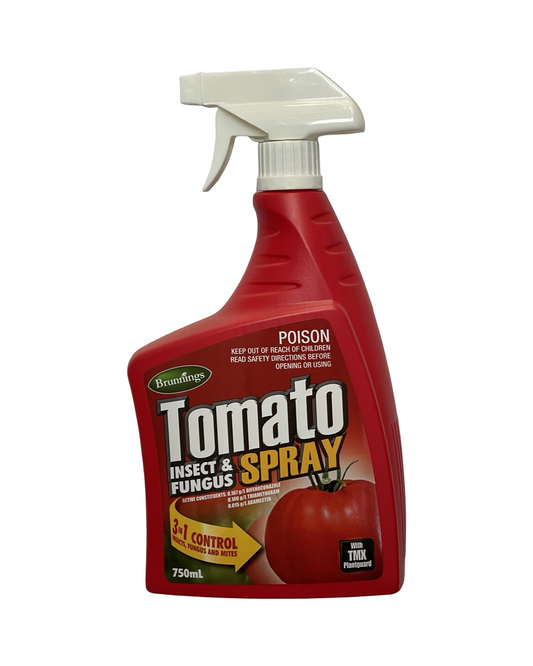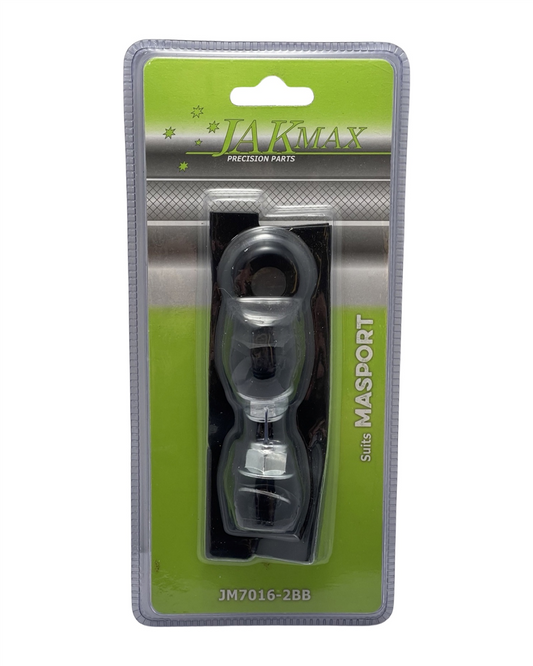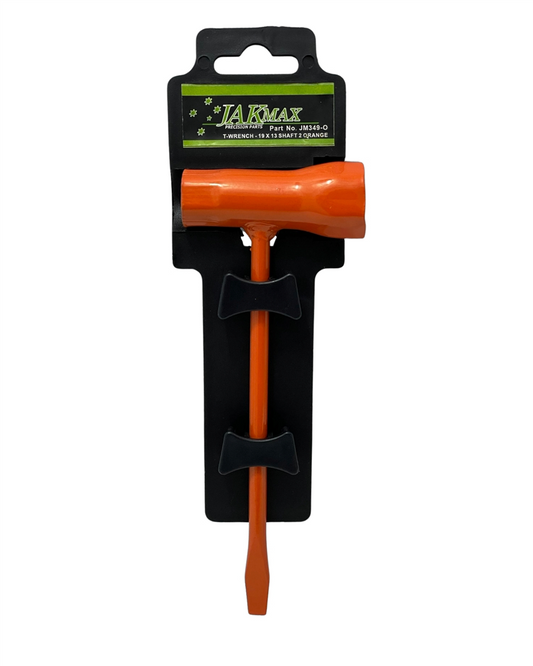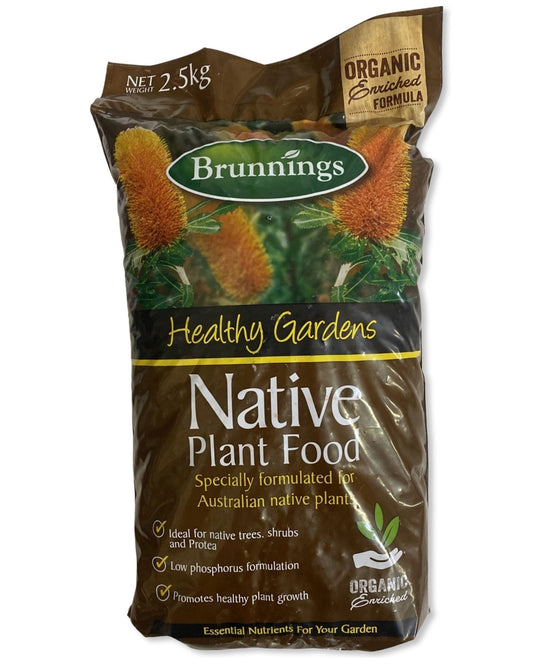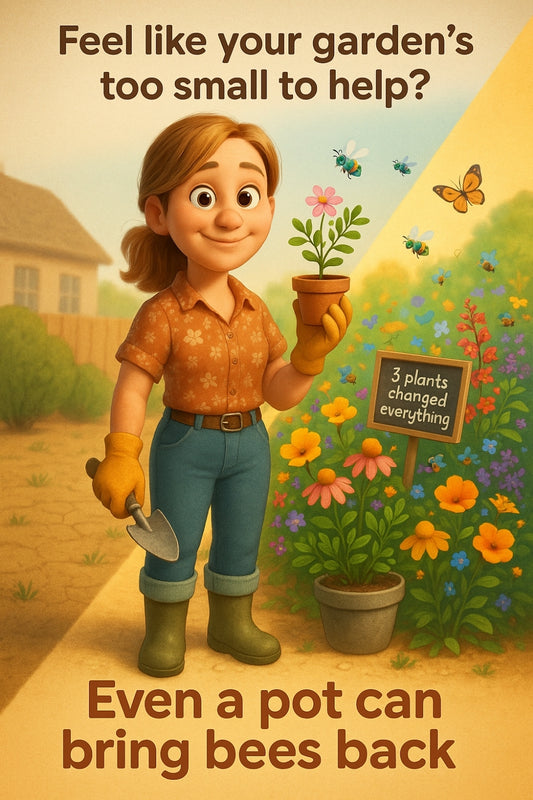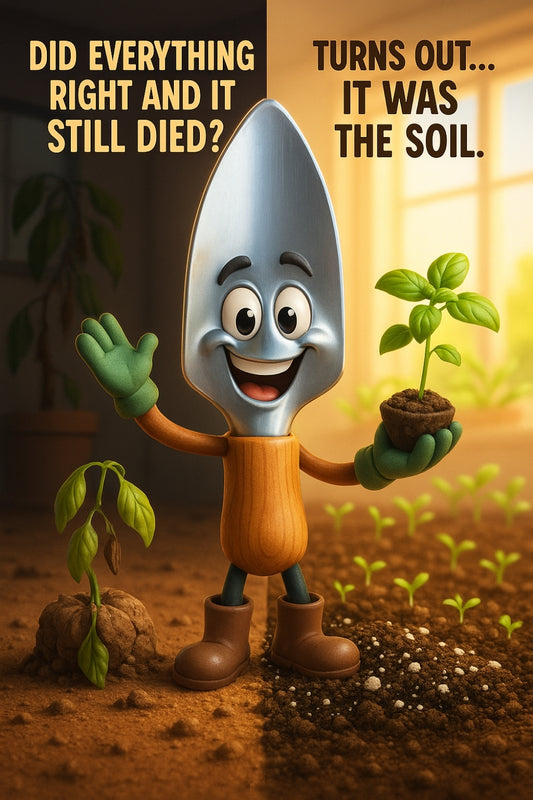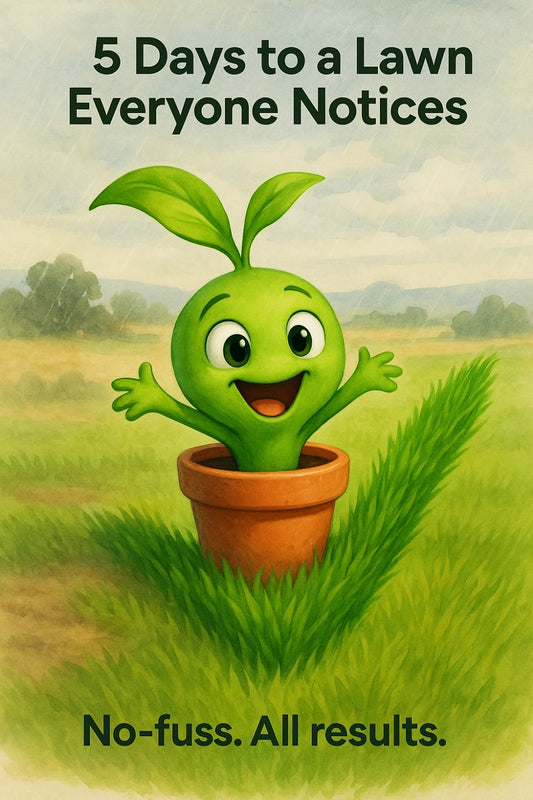What happens when you don’t clean your plants (it’s grosser than you think)
Share
Why Dusty Leaves Could Be Hurting Your Plants (And Your Health)
You wouldn't ignore a dirty windscreen — so why ignore dusty leaves?
We scrub our benchtops. We wipe down windows. But when it comes to our plants, many of us forget that they need a clean-up too. And no — this isn’t just about pretty leaves for your Instagram grid. Dirty plants can lead to more than a dusty vibe. They can actually become stressed, sick, and even make your indoor air less healthy.
“Letting dust build up on your plant isn’t harmless — it clogs leaf pores, traps pests, and stops your green mates from doing their job properly.”
The good news? Leaf cleaning isn’t a big job. But it is an important one, especially if you want plants that do more than just survive. Let’s unpack what happens when you skip it — and how staying on top of the grime can actually make you a better gardener.
Plants Breathe Through Their Leaves — And Dust Blocks Their Airflow
Plants take in carbon dioxide through tiny openings called stomata. These stomata also release oxygen — the stuff we like breathing. When dust collects, especially on soft leaves like monstera or philodendron, those tiny pores can get blocked.
It’s a bit like trying to exercise while wearing a face mask full of lint. You’re still “breathing” — but nowhere near as well. Plants lose energy, growth slows down, and leaves can start to yellow or drop. It’s slow suffocation, and it’s avoidable.
The takeaway:
- Wipe the leaves down every couple of weeks — a soft damp cloth works wonders.
- For plants with lots of tiny, delicate leaves (like ferns), give them a gentle rinse in the shower or with a hose outdoors.
- Don’t forget the undersides — that’s where pests often hide.
Dust ≠ Just Dust. It’s a Buffet for Pests and Mould
Household dust is a mix of fibre, skin cells, spores, and microscopic gunk. When it settles on plant leaves, it creates a warm, slightly sticky layer that bugs and fungi love. Spider mites, mealybugs and scale insects are the usual suspects.
They lay eggs in that fine film of dust. Sometimes, you don’t even notice the problem until it’s gotten serious — discoloured leaves, sticky residue, webbing, and stunted growth.
“If you spot tiny cream-coloured bumps or a cotton-wool texture on stems and leaves, that’s not fluff — it’s likely pests settling in.”
What works better than spray treatments? Prevention:
- Clean leaves are less likely to attract infestations in the first place.
- Many pest-control sprays work better on clean plant surfaces.
- If your plants are outdoors, regular hosing off helps too — just be gentle with seedlings.
Dirty Leaves Can't Photosynthesise Properly
Photosynthesis is how plants turn sunlight into energy. When dust coats the leaves, it reduces the light they can absorb. Imagine putting sunglasses on your tomatoes — they’re still outside, but they’re not getting the full benefit of the sun.
Indoor plants especially suffer here, as they’re already working with less light. Add dust to the mix and they struggle to grow, flower, or survive.
Try this test:
Use a clean, damp cloth to wipe one large leaf on your plant — then compare it to the uncleaned ones. Notice how vibrant and glossy it looks? That’s what your whole plant wants to feel like.
Even Air-Purifying Plants Need Clean Faces
Many beginners buy plants like peace lilies, fiddle leaf figs, or snake plants for their air-cleaning powers. But here’s the kicker: plants can’t scrub your air if they’re covered in dirt.
Dust not only affects their oxygen-release abilities — it can also create respiratory irritation, especially for people with allergies. So if your plant is meant to help you breathe easier, keeping it clean is basic maintenance.
Houseplants not looking as fresh as they did when you bought them?
- It might not be poor care — it could just be a layer of grime.
- A monthly wipe-down can bring back that perked-up, glossy look.
How to Clean Your Plants (Without Doing Damage)
Cleaning your plants shouldn’t feel like a chore. Here’s a low-fuss method that works for most common houseplants:
- Dust first: Use a soft cloth, feather duster, or paintbrush to gently remove loose debris from leaves and stems.
- Wipe with water: Dampen a cloth or sponge with lukewarm water (no soap) and gently support each leaf as you wipe.
- Shower smarter: For lots of plants, a lukewarm rinse under the tap or in the shower can clean off dust and pests. Let them drip dry in a warm space.
- Leaf spray (optional): You can mist with a gentle, plant-safe leaf shine or neem oil — but only if you know your plant will tolerate it.
It’s a five- to ten-minute task that can help your plants breathe, grow, and bounce back. Pop on a podcast and clean a few during your Sunday routine.
Old Habits → New Confidence
If you’ve been scratching your head wondering why your plant baby is looking a bit off, don’t jump straight to fertiliser or re-potting. Sometimes, it’s the simplest solution — a wipe, a rinse, a check for hidden bugs.
Caring isn’t just about feeding and watering. It’s about paying attention. And once you start noticing these details — dusty leaves, droopy stems, clogged drains — you’ll feel like a real gardener.
And if you’re not sure where to start, swing by your local garden centre. Some friendly advice, a soft cloth, or a better mister might be all your leafy mates need to glow again.
Happy gardening — and happy cleaning.
Candeece
 Stay Connected
Stay Connected
Join our gardening community on Facebook: Urban Gardener's Notebook
And follow our Store Facebook Page: Strathalbyn H Hardware on Facebook

